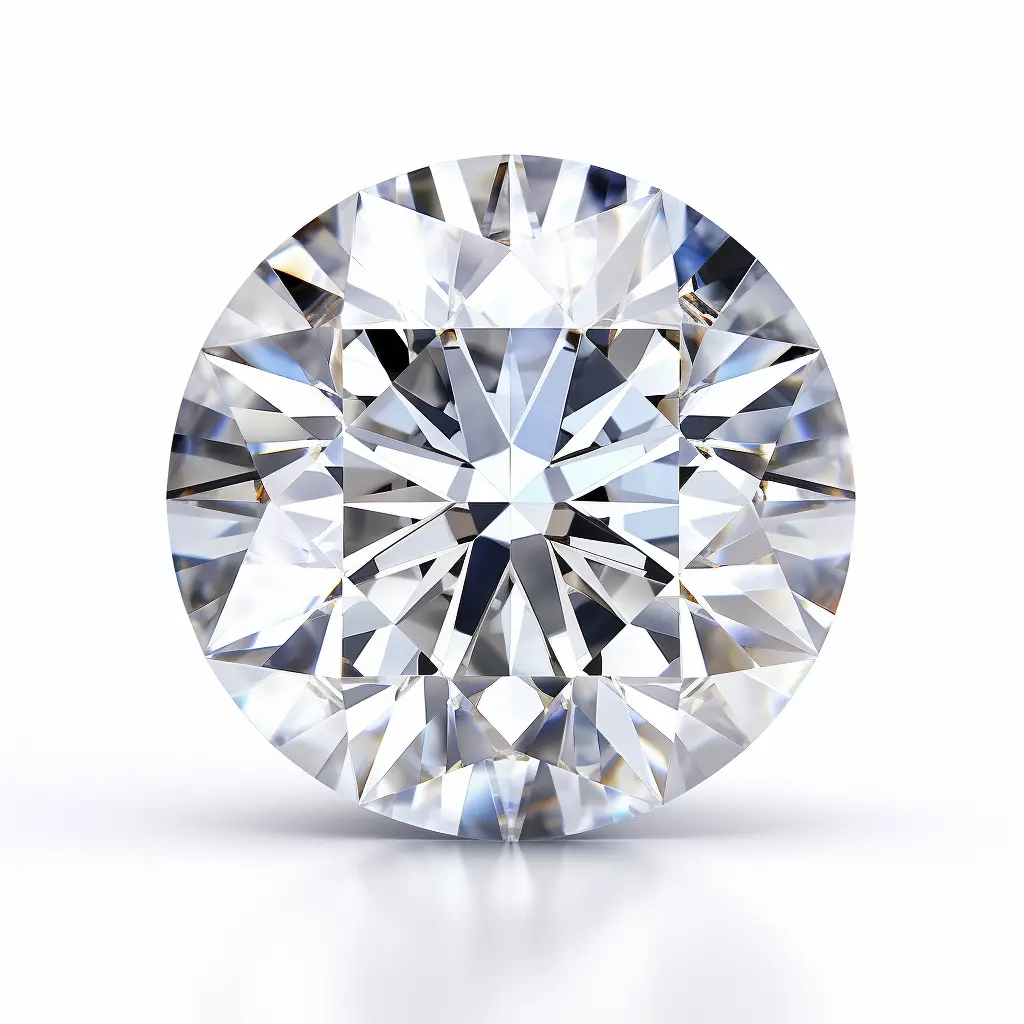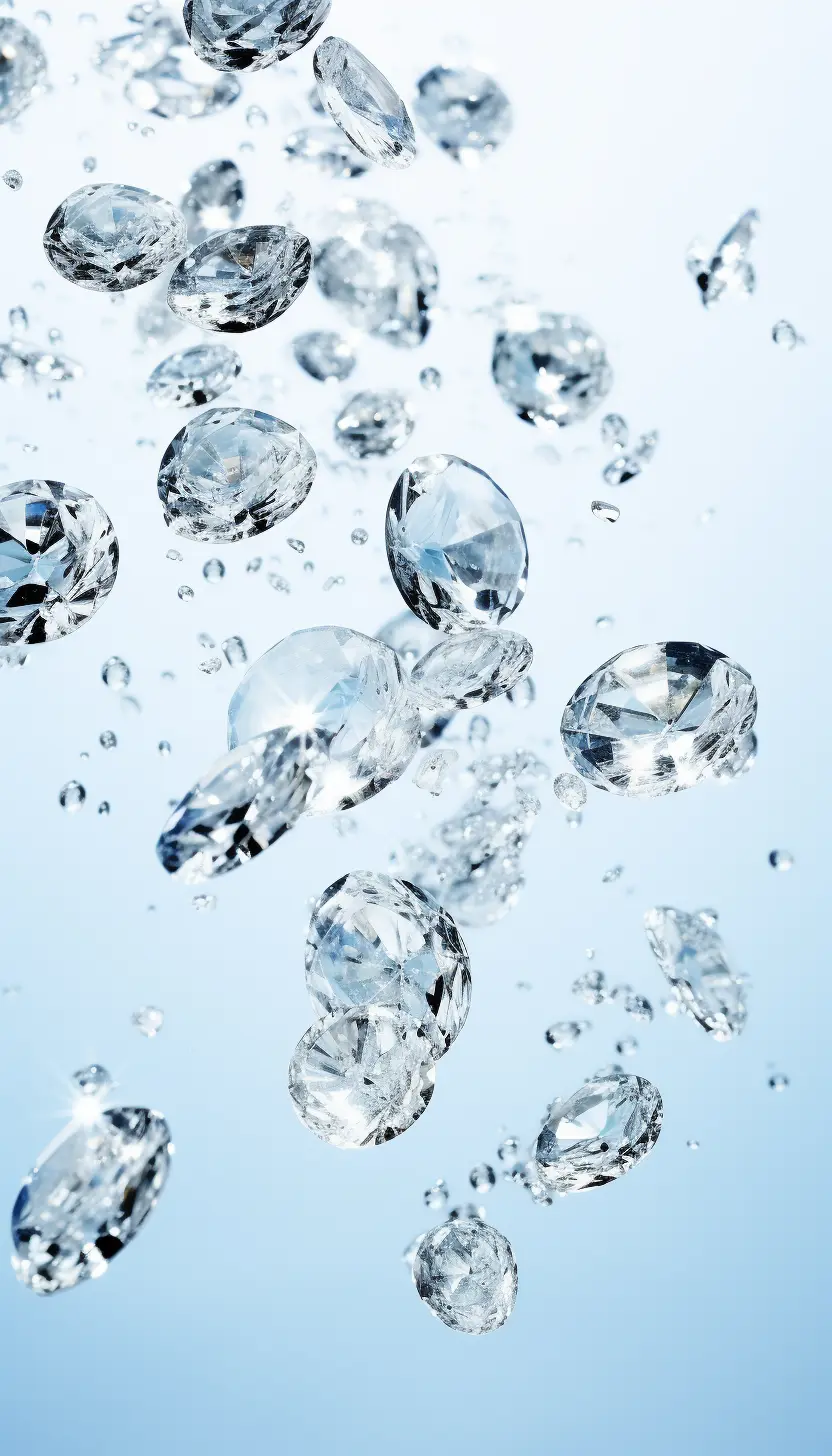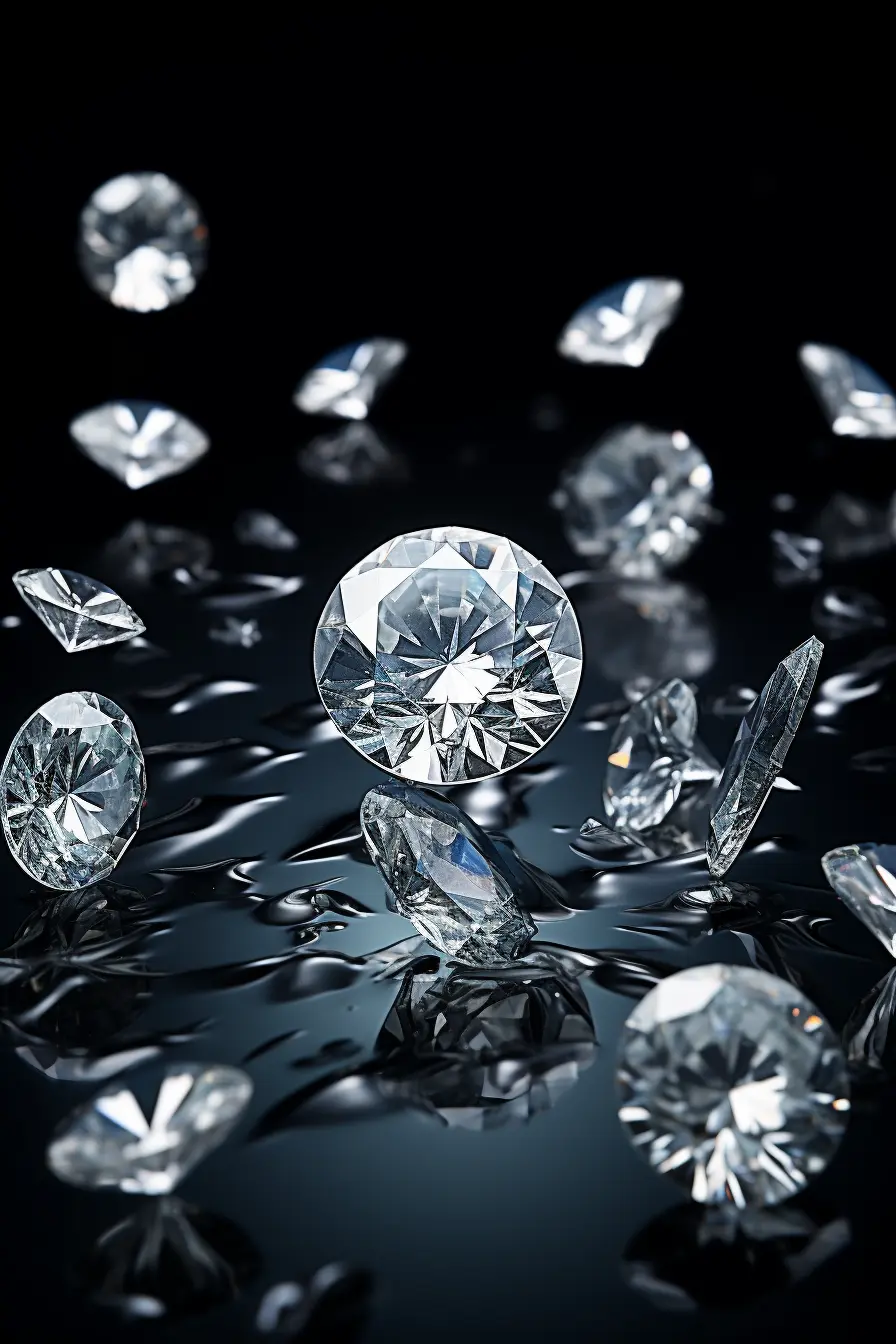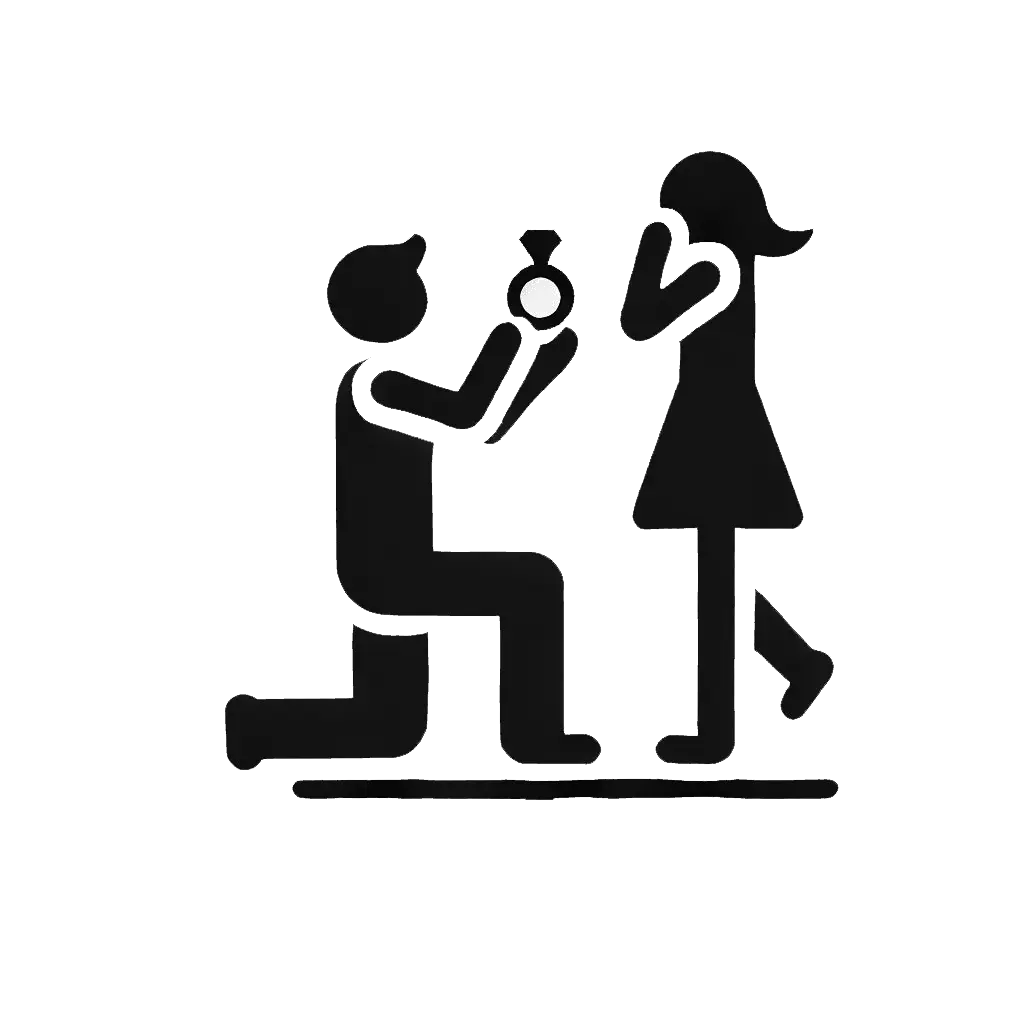Custom Designed Jewelry: Brilliant Cut vs Step Cut Diamond
Introduction
When it comes to custom designed jewelry, an expansive range of options awaits your consideration. Among these options lies a pivotal decision – choosing between a brilliant cut diamond or a step cut diamond. Although both primary cuts can produce stunning results when set in an engagement ring. They possess distinct characteristics and sparkle that may hold differing levels of appeal for you. Our discussion will focus on illuminating the pros and cons associated with each type of diamond so that you may arrive at an informed decision regarding which one is most suitable for you.

Brilliant Cut Diamonds

Firstly let’s delve into what you should know about brilliant cut diamonds. These diamonds are exceedingly popular in jewelry design. Particularly when it comes to engagement rings. Their popularity stems from their ability to provide superior sparkle and fire compared to other cuts. If you seek out a diamond that truly dazzles then the brilliant cut is undoubtedly the way forward for you. These diamonds come in diverse shapes and can feature either 58 facets (small faces) or 57 facets if there isn’t a culet present on the bottom point of the diamond. It is worth highlighting that remarkable diamonds such as the Royal Asscher Round or Oval Brilliant may boast as many as 74 facets thereby further enhancing their ability to brilliantly reflect light and exude their characteristic sparkle. It should be emphasized that brilliant cut diamonds are available in multiple shapes including round, oval, cushioned, marquise, pear shaped etc. all conceived with brilliant cuts. Additionally. It is crucial to recognize that within the domain of the brilliant cut exist two distinct variations – Old European and modern brilliant cuts. Old European cuts primarily focus on injecting life into the diamond by capturing light and drawing attention through their unique appeal. In contrast. Modern brilliants were meticulously designed to maximize light return (brilliance) and dispersion (fire). Consequently. Old European cuts emanate a warm charm while modern brilliants radiate an intense display of fiery white light – thus earning them their namesake brilliance factor. The principal visual disparities between these two variations manifest in the quality of light reflected by the diamond and overall brilliance. By rocking or tilting an old European cut diamond one will observe a distinctive pattern of light and dark within the stone that differs from what can be discerned in a contemporary round shape brilliant. Modified brilliant cuts encompass various shapes such as oval cut, marquise cut. Pear shaped diamonds among others like heart shaped cuts and trillion cuts along with half moon diamonds. This faceting style is commonly used for creating these distinct diamond shapes. Significantly enough there are different names assigned to these modified brilliant cuts; for instance marquise modified brilliant cut is also referred to as navette which translates from French as “tiny boat”. Similarly pear shaped modified brilliant cuts are known as “drop cuts” owing to their teardrop shape. To avoid being deceived into purchasing similar stones under different names. It is essential to familiarize yourself with the various names of these precious gems. The ever-evolving market, driven by laser diamond cutting technology. Offers an array of modified brilliant shapes. Nearly limitless in their possibilities. Lab grown diamonds have further expanded the options available. Bringing shapes such as butterflies, dolphins, stars, and even horses within reach for more individuals. Imaginably. We may soon witness the cutting of portraits into diamonds. However caution is required when dealing with modified brilliant cut diamonds with sharp points to prevent accidental breakage. Obtaining insurance for such stones is highly recommended.
Step Cut Diamonds
Interestingly enough. Some diamond sellers and jewelry retailers classify princess cut diamonds as “square modified brilliants.” While it is true that princess cuts possess a square shape and exhibit the sparkling multi facets characteristic of brilliant cuts they technically fall under the mixed cut category. Its’ important to note that “square modified brilliant” could also refer to radiant cuts. Particular cushion cuts, and other diamond shapes as well. In contrast to brilliant cut diamonds with their numerous facets that reflect dazzling light step cut diamonds feature fewer facets arranged in parallel lines or step cuts that create rectangular facets. Consequently step cut diamonds appear less radiant but have a unique appeal preferred by certain individuals. They also tend to be larger in size than brilliant cut diamonds and are renowned for their clean lines and symmetrical composition. The three categories falling under this cut are the Emerald cut, Asscher cut, and Baguette cut. Due to requiring less labor during cutting and polishing processes step-cut diamonds typically carry a lesser price tag in today’s market. If you seek an elegant yet understated option in diamond engagement rings—one that exudes sophistication—a natural inclination would be towards emerald cut diamond rings.

Choosing the Right Diamond

Regardless of which style you ultimately choose—be it a modified brilliant cut or a step cut—its vital to understand that a diamond’s cut is subject to various grading scales reflecting the quality of workmanship and directly correlated with the raw diamond’s characteristics. The brilliant diamonds with a higher cut grade reflect an abundance of light and radiate with brilliance when used as either a center stone or accent stones in a diamond engagement ring. You can’t go wrong with this choice. So. The type of diamond that is best for you ultimately depends on your personal style. If you desire a dazzling diamond that is guaranteed to capture attention. Then the brilliant cut is the way to go. However if you prefer a more subtle look or want to save some money then the step cut is your ideal choice. Regardless of which well-cut diamond you choose. Finer Custom Jewelry can assist you in creating a truly unique and special custom designed engagement ring that will become cherished for years to come! We are here to help whenever you need it! If you are still uncertain about which diamond cut and shape to select or would like guidance throughout the design process of your custom designed engagement ring please take a moment to browse our selection and options at Finer Custom Jewelry. We are dedicated to assisting you in finding the perfect diamond that suits your desires. Regardless of its cut or shape. To inquire about a custom designed engagement ring. Please contact Finer Custom Jewelry today. We would be delighted to discuss your options and assist you in finding the ideal piece for your needs. Please don’t hesitate to reach out through our web form or by calling us at (877) 507 1557. Thank you for taking the time to read this message!



